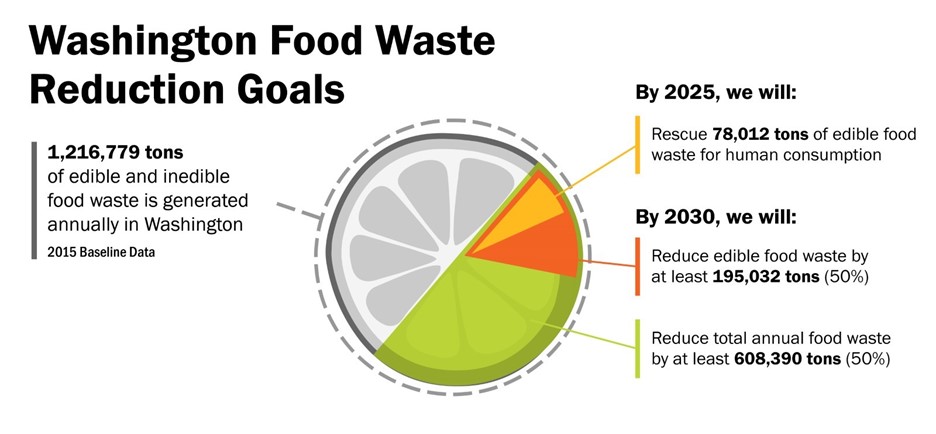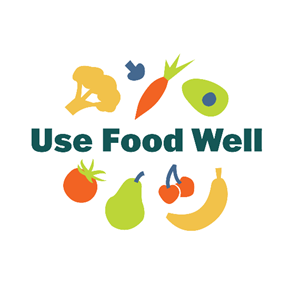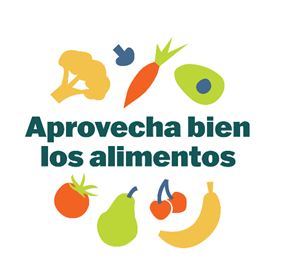Washington Center for Sustainable Food Management
Food is a valuable resource. According to the Washington State Department of Agriculture, nearly 1 in every 6 people is food insecure across our state. When food is thrown away, we lose more than just nourishment. We also waste the water, energy, labor, and other inputs used to grow, harvest, and transport that food. This has big costs for everyone. Learn more about food waste in Washington, including how to prevent food waste in your household, business, or school.

The 2019 Washington State Legislature unanimously passed the Food Waste Reduction Act, establishing the food waste reduction goals. Washington generates over 1.2 million tons of food waste annually, with a large portion being edible food going to the landfill.
To meet the statewide goals, we need to:
- Reduce total annual food waste by at least 608,390 tons.
- Reduce edible food waste by at least 195,032 tons, including rescuing 78,012 tons for human consumption.
Food Center focus areas
The Use Food Well Washington Plan recommended creating the Center for Sustainable Food Management (Food Center). The Organics Management Law authorized the Food Center and planning began to develop strategic priorities and focus areas. The Food Center established five key focus areas informed by the Use Food Well Washington Plan and feedback from food system partners and experts.
Research reports
- Food Donation Workgroup Legislative Report (2025)
- Using Mapping to Strengthen Food Rescue Efforts in Washington State (2025)
- Business Organics Management Research Report (2025)
- Food Waste Prevention Week Summary (2025) (English)
- Food Waste Prevention Week Summary (2025) (Spanish)
- Food Waste Prevention Week Summary (2024)
- Use Food Well Survey Report (2024)
- Use Food Well Survey Report (2023)
- The Last Mile Analysis (2023)
- Case studies and intervention projects
Washington Food Rescue Map
The Washington Food Rescue Map is a tool to help communities support hunger relief and prevent food waste. With smart features like “Near Me” search and customizable data layers, this interactive map connects food businesses with hunger relief organizations and guides food rescue where needed most.
For questions about the Washington food rescue map, reach out to foodcenter@ecy.wa.gov.
The impacts of wasting food are big! With many food-insecure people in our communities, people in Washington throw away enough edible food to make 105 meals for every Washingtonian (7.81 million people).
According to ReFED, the average family of four wastes over $3000 a year of edible food, which could be better spent elsewhere. In 2024 we launched the Use Food Well campaign to help Washingtonians become experts in preventing food waste. Go to UseFoodWell.org to start by meal planning, shopping smart, and properly storing food. Find video ads, toolkits, and other resources on our partner resources page.
Using food well is for everyone, so what can you do to reduce food waste?
- Plan and cook
- Store and preserve
- Food donation
- Composting
- Business resources
- Partner resources
- Register as a partner for Food Waste Prevention Week 2025








